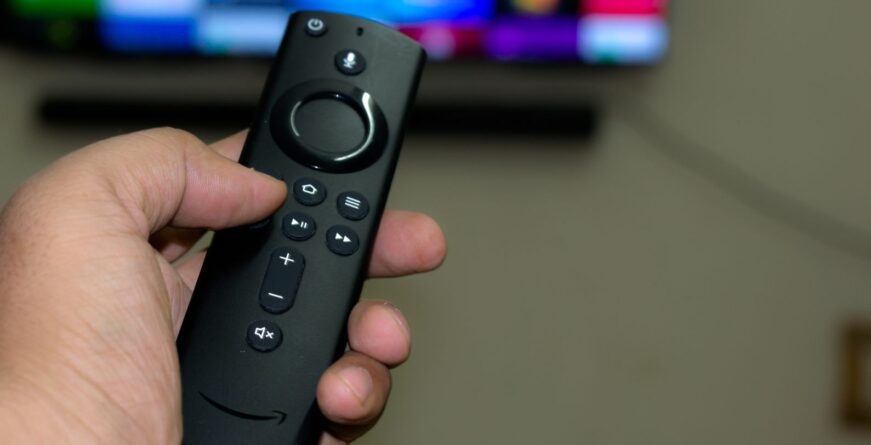For anyone who has met me, I am a very passionate individual. If you get me on a roll about a topic that interests me, it can sometimes be hard to slow me down. One topic I can talk about endlessly is the representation of infertility in the media. I get incredibly excited when I see it being depicted- and I start throwing things at my TV screen when I see inaccurate representation. Being that we are a urology practice, I thought I would start this off by focusing on the topic of semen analysis. Semen Analysis, and Male Infertility in general, seems to get limited representation even in movies and shows that do present infertility (Private Life, which came out in 2018 and is the top of every list of ‘infertility movie’ list, skips over it entirely. I have a lot to say about Private Life, and it will come up frequently in this series).
My favorite example of worst ever depiction of semen analysis and male infertility is in Daddy’s Home (2015). Brad (Will Ferrell) is presented as sterile after sustaining an injury to his testicles. Dusty (Mark Wahlberg), the ex-husband, introduces the couple to a fertility specialist friend of his, and Brad has a semen analysis and physical exam. Now first of all, I don’t believe that infertility belongs in a comedy. Ever. This comedy in particular presents a macho posturing dynamic between the characters. Men and women experiencing infertility often struggle with feelings surrounding their “masculinity” and “femininity”, feeling like less of a man or less of a woman because their bodies do not do the thing that they are defining as the role and responsibility of their sex. Signaling like this, pitting the cool dangerous fertile bad-boy against the sweet and nerdy infertile man, promotes that subconscious message. (They double down when they reveal that Brad’s sperm have returned and explain that it’s in response to having his territory threatened by a manlier man). But putting all that aside, their depiction of the process is grossly inaccurate. I think it goes without saying that no respectable doctor would invite an irrelevant third party into a consult without the patient’s consent, especially a pants-down consult. Their big joke is comparing Dusty’s sperm production against Brad’s, where Dusty selects the big cup in order to break his own record. That was the line that had me turn to my husband in the movie theater and whisper “Dusty has syphilis”. While that is probably not true, I thought my joke was funnier than theirs. The punch line- and the truth? More semen does not have anything to do with more sperm. Semen is a fluid delivery method that is produced by the prostate and seminal vesicles- an entirely separate process from sperm production. While low semen volume can be associated with poor delivery of sperm, abnormally high semen volume can sometimes indicate prostatic inflammation associated with infection (not necessarily an STI). A normal semen volume is 2-6mL, which is in the ballpark of a teaspoon.
Now let’s talk about a few shows that did a little better. This is Us (love this show) presents Toby (Chris Sullivan) and Kate (Chrissy Metz) facing a host of fertility related challenges (spoilers ahead) such as pregnancy loss, IVF, preterm birth, and infertility after pregnancy termination. Season 3 Episode 1: Nine Bucks addresses the Toby side of that coin, where he discovers that he has a low sperm count with low motility, and their doctor suggests that this may be related to his use of antidepressants. This connection is being studied, and I think it was an appropriate inclusion. However- and unfortunately this is often the real-life reality- the sperm factor got one minute of doctor time. A couple with male factor infertility can benefit from having the male partner undergo further testing to understand the underlying cause- especially prior to pinning the blame on the antidepressant. Toby, feeling tremendous pressure to do his part in making their IVF cycle a success, stops his antidepressants cold turkey and experiences emotional effects as a result. It is good to see this relatable experience represented to suggest to men that this is a bad idea. It is a shame that the fertility specialist didn’t encourage Toby to discuss medication alternatives with his psychiatrist or the possibility of safely and slowly weaning off his medication. And if neither of those is a healthy safe option, to support and encourage Toby to continue his medication regimen, and what impact that may or may not have on their fertility treatment. So, conclusion? An encouragingly accurate depiction overall, with representation of male infertility, but could have done more in the area of male fertility evaluation and emotional support.
Brothers & Sisters Season 1 Episode 6: For the Children, Tommy (Balthazar Getty) and Julia (Sarah Jane Morris) reveal that they have been trying for a little while to have a child. Tommy asks for a semen analysis during a routine physical and is informed that he is sterile. I would like to correct the record. Tommy appears to be Azoospermic, with no sperm present in the semen sample (see what Maze would recommend to Tommy as his next step). That is quite a few steps removed from concluding that Tommy is incapable of having biological children. Tommy would benefit from seeing a urologist and learning about his options. This was a disappointing one-liner fertility diagnosis that allowed the show to skip on to the topic they really wanted to talk about: sperm donors. (We’ll circle back around to that topic in the future.)
My oldest and favorite representation of infertility will always be in Friends, more because it’s just a show you can’t really get mad at than because they did anything particularly special. They were pretty progressive across the board for the late 90’s in representing the non-traditional family dynamic through a single parent, a gestational carrier, and an adoption. And in contrast to what I said earlier about comedy being the wrong medium for infertility, I think Chandler (Matthew Perry) was the perfect character to carry male infertility. In Season 9 Episode 21: The One with the Fertility Test, he is awkward and uncomfortable while waiting for his semen analysis, in a way that makes you say “ya, me too, bro.” (Although they use the same inaccurate joke about the size of the specimen cup. Grr.) When they get their results of both male and female factor infertility, they are told biological parentage was likely not going to happen for them. I can’t comment too much about what fertility treatment options might actually have been available to them at that time, since I was about 10 years old when this episode aired. Tangentially, I have never heard “inhospitable uterine environment” used in an actual medical setting- only in Friends and Grey’s Anatomy- and it kind of reminds me of feminine vapors, a term that could mean just about anything and nothing specific at the same time. So, while there perhaps was room to flesh out the story more, it was overall a very relatable representation of the real lived experience of infertility testing and emotional results.
Stay tuned for more in this series, Infertility in the Media! In the meantime, if you’re experiencing infertility issues, contact us for a free phone consultation to learn more about your options.


